The John Hargrave Society
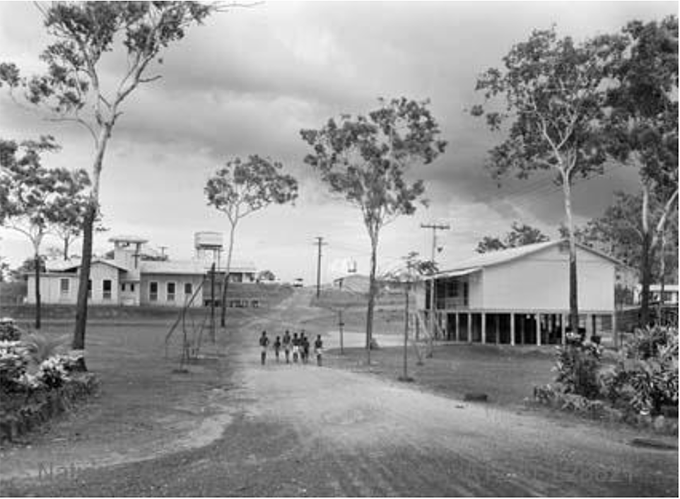
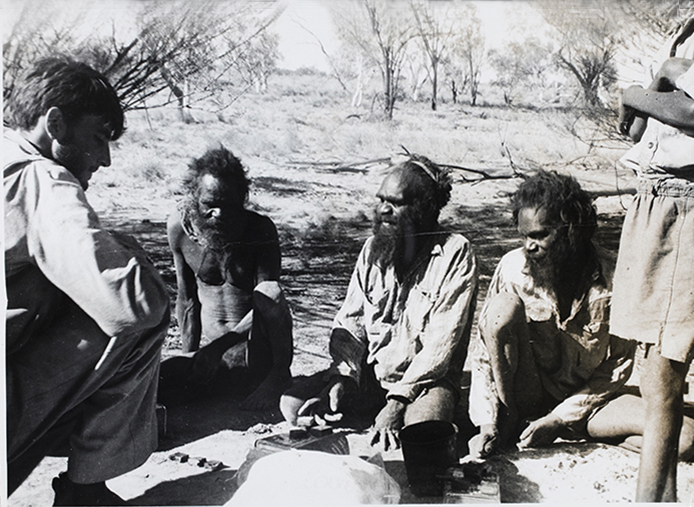
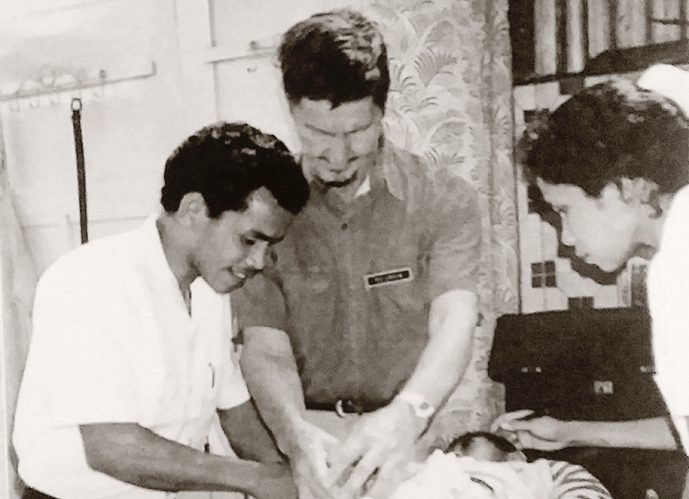
The legendary Dr John Hargrave (1931–2020)
Dr Hargrave was one of Australia's most revered and decorated surgeons. He has been referred to as an icon of surgery, a living legend, a pioneer to Aboriginal Health Workers and a living saint. While John's patients were predominantly First Nations peoples who respected and trusted him, fellow surgeons, doctors, nurses and hospital staff remember him as a dedicated surgeon and a treasured friend.
“If ever there was a living saint and icon of surgery, it was John.”
– Professor Len Notaras
Determined to help those suffering from infectious diseases, John learned several First Nations languages, obtained a pilot’s licence and flew across the Territory diagnosing and treating trachoma, measles, yaws, otitis media, tuberculosis and leprosy along with other imported illnesses and diseases for which First peoples had little or no immunity.
“He was a gentle, kind, humble, dedicated and gifted man who had enormous respect for Aboriginal people.”
– Sister Mary Stevens
After several years practising medicine in First Nations communities, John decided to specialise in the treatment of leprosy. It was 1962, and he travelled to the south of India on a World Health Organization scholarship and spent months learning essential skills from world-renowned leprosy surgeon Dr Paul Brand. On his way, he stopped at the Hong Kong Leprosarium on the island of Hay Ling Chau where he assisted Medical Superintendent Dr Grace Warren in performing operations on patients’ hands that were deformed from leprosy. On his return to Australia, John had accumulated valuable experience in reconstructive surgery and rehabilitation. Up until that time these medical treatments were not available for leprosy patients in Australia.
“I never saw a doctor doing such wonderful things to help Aboriginal people. Not only that, he can talk a dozen languages, my language too.”
– Jack Little
As superintendent of the Leprosarium in Darwin, John created world-class treatment that included reconstructive surgery for nerve damage followed by rehabilitation. By the 1970s, he was also performing microsurgery. First Nations people with leprosy who had previously fled from doctors for fear of being isolated from their families, started turning up for medical care. As their trust grew, the Leprosarium became “one big -joy-filled family” and, as resident nursing Sister Naomi wrote “the patients were the happiest people that I have known.” Thanks to John’s determination and endless work, leprosy was almost completely eradicated in the Northern Territory by 1982.
Always a modest man, he was reluctant to talk about or promote himself and would skilfully divert conversations to the welfare and lives of others.
– Royal Australasian College of Surgeons
Medals awarded to Dr John Hargrave
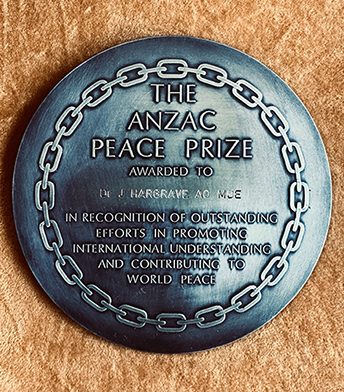

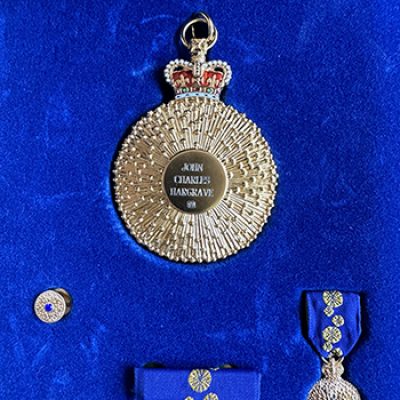
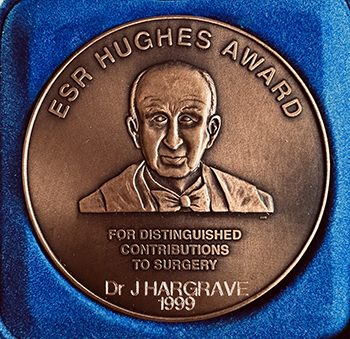
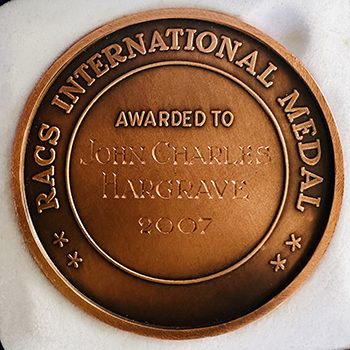

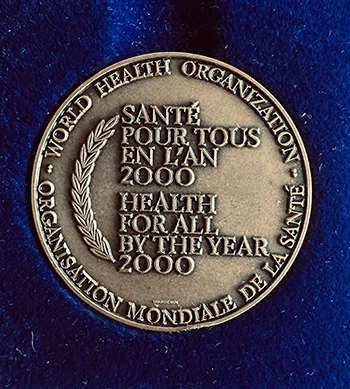
Looking for publications written by Dr John Hargrave?
The Northern Territory Library has created a special collection of 44 books, publications and journal articles written by Dr Hargrave.
The collection dates back to the 1970s and can be viewed here.